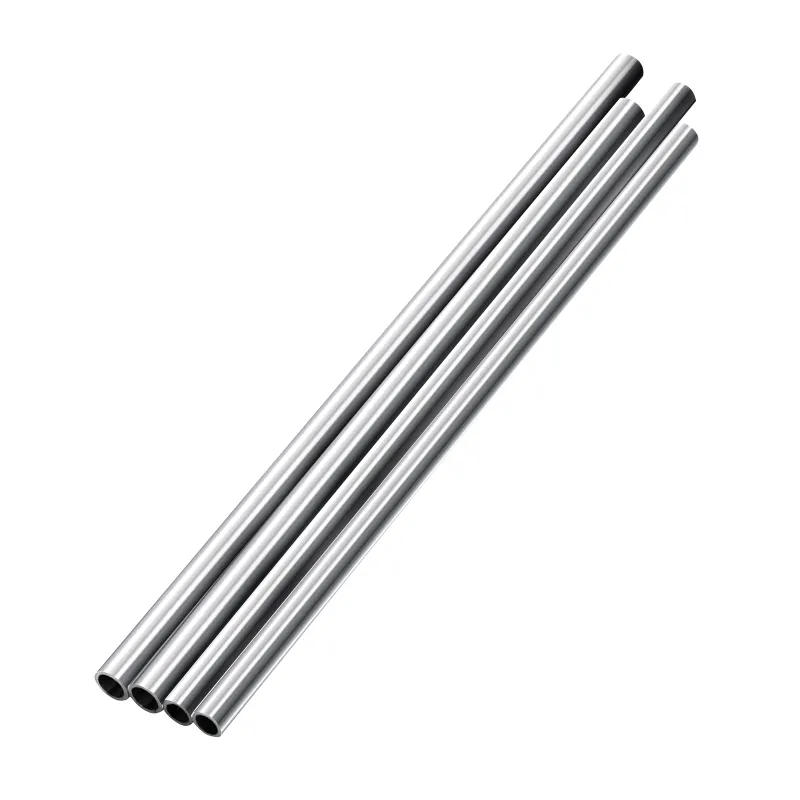Cold Rolled Welded Tube
2 月 . 15, 2025 07:37

Welding thin stainless steel tubes presents a unique set of challenges and opportunities for both hobbyists and professionals in the industry. Mastering this task requires a precise understanding of material properties, appropriate equipment, and advanced welding techniques. Thin stainless steel pipes are often used in industries such as automotive, food processing, and pharmaceutical applications due to their durability, corrosion resistance, and aesthetic appeal. However, achieving a high-quality weld on these materials necessitates expertise, patience, and the right approach.

One of the primary considerations when welding thin stainless steel tubes is the risk of overheating and warping. Because of their reduced thickness, these tubes can quickly reach elevated temperatures, which might compromise their structural integrity and appearance. In this context, TIG (Tungsten Inert Gas) welding stands out as a preferred method. This technique allows for precise control of heat input and results in a cleaner, more consistent weld. The use of a high-quality TIG welder is non-negotiable for those aiming to secure professional-level results.
A crucial factor in TIG welding thin stainless steel is electrode selection. Thoriated electrodes, known for their durability and superior arc control, are often recommended. However, it's essential to pair them with a suitable argon shielding gas to protect the weld pool from atmospheric contamination. A typical shielding gas mixture involves 100% argon to maintain the purity and strength of the weld.

Equally important is the preparation of the welding surface. Before beginning the process, ensure that the stainless steel tubes are free from any contaminants such as oil, grease, or dirt. Implementing a thorough cleaning routine not only facilitates a stronger weld but also enhances the overall quality and finish. Using a dedicated stainless steel brush or chemical cleaner designed specifically for this material is advisable.
When setting up the welding machine, it's vital to pay close attention to the settings and parameters. Generally, a lower amperage is desirable to avoid burning through the thin material. Maintaining a steady hand and a constant travel speed helps in distributing the heat evenly across the workpiece, thereby minimizing the risk of distortion.
welding thin stainless steel tube
The choice of filler metal can also impact the quality of the weld. It should match or closely resemble the composition of the base metal to ensure compatibility and prevent galvanic corrosion. For stainless steel, using an austenitic filler metal often yields the best results because of its excellent corrosion resistance and mechanical properties. Additionally, the diameter of the filler rod should be appropriate for the thickness of the tube to achieve optimal fusion.
Post-weld treatment is often overlooked in discussions about welding stainless steel tubes, yet it significantly impacts the longevity and performance of the weld. Applying a passivation solution helps in forming a protective oxide layer that enhances corrosion resistance. Moreover, any discoloration or oxide layers formed during welding should be cleaned to restore the aesthetic quality and corrosion resistance of the tube.
Safety cannot be overstressed in welding practices. Due to the bright arc and high temperatures involved in TIG welding, wearing appropriate protective gear, such as welding helmets, gloves, and protective clothing, is essential. Furthermore, work in a well-ventilated area to avoid inhalation of fumes generated during welding.
Innovation within welding technology continues to offer new solutions and tools that cater to the unique challenges of welding thin stainless steel tubes. Automated welding systems and advanced monitoring tools can assist in optimizing the process, ensuring even greater precision, efficiency, and consistency.
In summary, welding thin stainless steel tubes requires a deep understanding of materials science, precise technique, and judicious choice of equipment and materials. Mastery of this task can significantly enhance the performance and aesthetics of the final product across various industry applications. Whether you are a seasoned professional or an eager hobbyist, adhering to these insights and guidelines will undoubtedly elevate your craftsmanship and ensure superior outcomes.


